
The Mistakes Yoga Teachers Make
The Mistakes that
Yoga Teachers Make
and how we learn from them
We all make Mistakes!
Mistakes are our biggest teacher.
Have you ever finished teaching a class with the mortifying realisation that you made a massive mistake? Or have you ever been to someone else’s yoga class where something the teacher did left you feeling a bit rattled?
We’ve all had experiences in other classes where the choices, style, delivery etc. might not have been to our taste. And this is OK. We like what we like.
But have you also ever had an experience where you perceived something as being beyond a choice, and stepped into the territory of being a mistake, bad practice or downright wrong?
Have you ever reached the end of teaching a class with the weight of knowing you made a bad call or got it completely wrong?
These observations are not to throw shade on other teachers, or ourselves – we all make mistakes, and these important steps in life are how we learn. And it is very likely that we have learned loads from making a dozen mistakes ourselves along the way. Practice, after all, really does make perfect.
Here is my collection of mistakes – ones I have made myself, ones I have observed in other classes, and some curated from fellow teachers. Each one is a teachable moment!

1. Doing the same side twice
Or even missing out part of a sequence when doing the second side. I did this last week! I curated a lovely flowing sequence, then missed out a short warrior II section on the other side. Doh! This is a common mistake. It happens all the time. Laugh it off. Either you will realise what you’ve done, or one of your students will tell you. Then just bolt on the missed elements, or restart on the correct side as if nothing had happened! Students love to see our imperfect, human side. And as one teacher mentioned after forgetting to do both sides of a sun salutation “the world didn’t end!”.
2. Not equalising the time spent on each side in asymmetrical poses
This one is slightly more difficult to recognise, and hard to correct once it has occured. There may be the tendency to give more information, adjustments, technique etc. while students are holding a pose on ‘side A’. When students come to hold the pose on ‘side B’, the time spent might be shorter as there is less information, adjustments etc. If this becomes a regular habit, students might only develop their bodies on one side. It will feel odd for them, and could eventually cause structural issues.
You might have experienced this yourself while being in a class, or you now have the dawning realisation that this might be something you do! It isn’t easy to gauge how long students are holding poses for, especially if you are talking, adjusting, instructing etc. One good technique is to suggest each side is held for ‘up to 10 breaths’ (or however long is relevant). This creates equality on both sides, and also gives control back to the student.
3. Breath Counting in Ratios in an uneven tempo
A good friend of mine always taught a short breath practice at the beginning of each session: Nadi Sodhana in 1.4.2 rhythm – classical ratio. However, she counted the INHALE really slowly, then sped up the INTERNAL RETENTION count, then slowed back down for the EXHALE.
This completely negates the ratio, and turns it into something more along the lines of 1.2.2. Different breath ratios produce different effects in our pranic body – it is important to keep the timing right to produce the desired effects.
Where possible, when using ratios, the counts should be evenly spaced. Try using a metronome quietly in the background to keep time, or even use a mental word spacer (“one shanti, two shanti, three shanti” etc).

4. Giving instructions too quickly in Vinyasa flows
This is a tricky one to master. Ideally, each pose should effortlessly flow into the next one using the rhythm of the breath. When we are talking/giving instructions, we are not breathing in a measured or controlled way. Our instructions can be out of sync with our students’ movements. This may leave them breathless or breathing rapidly in order to keep up with the instructions.
After many years of working with pranayama, my yoga breathing is wonderfully full and slow. I love to integrate this slow and steady pace into vinyasa sequences. I have been to many classes unfortunately where there just hasn’t been the time or spaciousness given for the breath. I’ve either had to speed up my breathing rate, or been left behind if going at my own pace.
Ideally, rehearse the flow with your own slow ujjayi breath to get an idea of the time needed to move through each posture. This is quite a skill, so err on the side of giving more time, rather than less, or it might feel rushed and students are having to hyperventilate to keep up. I don’t want to feel out of breath doing asana – that’s what running is for!
5. Not speaking loudly or clearly
I once had to do a Student Teacher assessment for someone who had no power in her voice, spoke very quietly and softly. While cultivating a calming voice is a real bonus in teaching yoga, if the voice is too quiet it can be problematic. The students in the class couldn’t hear her instructions and frequently did the wrong thing, looked befuddled and kept asking her to repeat herself. I unfortunately had to fail her on her assessment as she wasn’t teaching safely.
Students need to hear what we are saying, and speaking softly and quietly, if it is inaudible, can inadvertently be a cause of frustration for our students.
It is possible to have both a clear, loud voice that also exudes calm. I speak very loudly – the result of years of teaching, and also being an avid heavy metal fan when I was younger! But I have also managed to cultivate an extremely calming voice for my classes, and it is something that is always commented on by my students. It is a fine balance, but achievable. Always check that the student furthest away from you can hear you.
6. Not engaging with students
Teachers who focus more on their own practice and demonstration during classes, and not looking around the room and checking their students, are also not teaching safely. Engaging with students, observing their progress and giving verbal ‘suggestions’ is inclusive and also important where injury might be otherwise made. It also cultivates a space of ‘being seen’ for our students. Engagement can take many forms: verbal adjustment, confirmation and even light-hearted banter can create a cohesive, connected experience for everyone.
In an age of more disconnection, of lives taking place more in the digital realms, personal connection can make all the difference. Students who feel seen and heard, who feel part of the group, are more likely to return week after week, year after year.

7. Imposing Instructions/Alignment on Students
This can be a little contentious, as for some schools/styles of yoga, this is their philosophy. If this is not for you, move on to the next one!
I remember the words of my wise old Viniyoga Teacher back when I had first qualified – “function over form”. By this, she meant looking at the function of the pose, what it was doing, what its purpose was. When we come from this perspective, perfect alignment (unless it is a safety issue) becomes less important.
Also, how we deliver alignment cues can be contentious. Are we wholesale giving the same instruction to every student? Are we using language that suggests compliance is expected? How many times have you been to a class where a standard alignment instruction is delivered, but you don’t really understand its purpose, or you know that it won’t suit your body?
Donna Farhi uses a gentle and more co-operative style of language, by inviting students to try something different and experience it for themselves. She frames this as a question of personal enquiry for the student, ie. “how would it feel to move your hand a little bit further forward?” etc. The adjustment is more likely to stick if they have had to get there by themselves. Alignment cues of this kind can also reduce the need for physical adjustments.
When we understand what the instructions are designed to do, what the alignment cues are aiming for functionally speaking, and how we can deliver this information as an invitation, our teaching is elevated.
8. Over Talking/Filling the Space with Sound
Sometimes as new teachers, the dreaded silent spaces in our classes can feel really exposing. It takes practice and confidence to allow the silence to arise. Redundant talking to just fill the space can feel intrusive for students who want some peace and quiet in their lives. The same issue can be made for music. How would it feel to teach a class without music?
When I first started teaching, I used music as a safety blanket. It wrapped the class in a comfortable, secure coating of sound that felt safe for me to sit inside of. Teaching alongside the authoritative sounds of professional musicians gave me an artificial sense of authority and professionalism. It takes time, but eventually you can start to let go of the need to fill the space with sound.
How many of your students come to yoga to escape from the outside world of noise and activity. Do you allow moments of silence, between instructions, for students to just be with themselves? How does that feel? As your confidence develops in your teaching, you will find that the practice speaks for itself, and spacious silence will begin to emerge.
9. Leaving the room during Savasana
I have known two different teachers do this. Once we were all settled into Savasana, they walked out of the room with the instruction to ‘just get up when you are ready’. I think it is a massive disrespect to students, but could also have safety and insurance consequences if anything happened during this time (unlikely as it might be). This is only possible where teachers are using Savasana as an unguided 5 minute lie down, and not a guided relaxation. It also meant that there was no closing to the practice – it just petered away.
It is wonderful to see the beautiful, healing practice of Yoga Nidra becoming mainstream in the Yoga World. This introduces the concept of constructive rest with guided instructions throughout. It continues the theme of conscious awareness for both teacher and student, maintaining connection and engagement. It also means the teacher has to stay in the room!
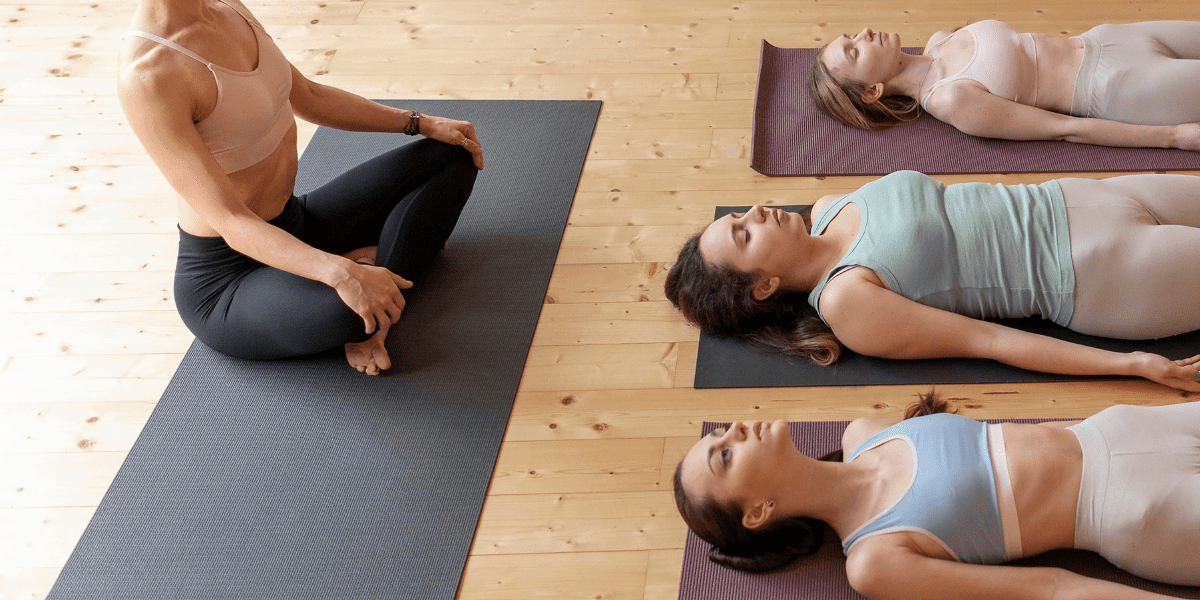
10. Verbal Tics
Have you ever observed if you have any verbal tics? These are words or phrases that you say unconsciously over and over again. One teacher I had would preface every instruction with the word ‘just’. “Just raise your arms”, then “just move your left leg back”, “just lie down”, etc. After a while, it really began to grate!
If you are not sure of any tics, record a class that you teach and listen back to your dialogue. It can be enlightening!
11. Creating Appropriate Boundaries
One fellow teacher describes how this was one of her biggest mistakes, and one that can be quite challenging to fix. One of her students started to arrive really early for class, sometimes arriving before she did. While setting up the class, the student would engage with deep conversations, problems and issues that prevented the teacher from getting the room, and herself, ready for the other students. The same person would often engage in conversation up to 30 minutes after the class had finished.
Yoga Teachers are generally lovely people, and we try hard to help everyone, and not deny anyone our full attention and support. But we have to find the line where our boundaries are being pushed. Can we ask students to arrive no more than 10 minutes before the start? Can we gently and politely withdraw from conversations at the end of a class? Setting boundaries is really important if we are to maintain our own physical and mental health.
A few years ago, I started organising occasional social gatherings for my classes. These ‘yoga drinks’ evenings would be an opportunity for everyone to gather together, connect and socialise. These informal events could be an opportunity for those who need the connect to have an outlet that doesn’t infringe upon your teaching time.
12. Burnout
Teaching Yoga is becoming less and less profitable as a career. More teachers, less students and rising living costs all contribute to teachers suffering from burnout.
One colleague recollected her experiences of living in a rural area where after qualifying, she had the enviable position of being the only yoga teacher for miles around! Yoga hadn’t quite made it to her part of the world, and she was in great demand. Before long her classes were filling up, and she was putting on more and more classes to satisfy demand. She was also being asked to run classes for every group, club and organisation in the area. And she didn’t want to say no to anyone. Eventually this over-stuffed timetable of classes began to take its toll, and the dreaded burnout arrived.
Sometimes life teaches us the lessons we need to learn, and for my lovely teacher friend, hers was to learn to say no. If we are exhausted, depleted and run ragged, it becomes difficult to deliver effective, quality yoga classes. We each have our own limit, and learning where our burnout point is, will help us to sustain a healthy timetable which gives us time for self care. And that will be different for everyone.
Mistakes are one of our most important learning tools, and should be celebrated. Own your mistakes as you make them. Laugh a little, forgive yourself, and move on.

Would you like to join a monthly online gathering of yoga teachers?
Yoga: Beyond Asana is a monthly online class for Yoga Teachers and dedicated practitioners to explore, experience, dive deep and be inspired by the elements of Yoga that take us Beyond Asana. Each session will offer the opportunity to meet other yoga teachers, engage in discussions, practice meditation, pranayama, mantra and explore yogic philosophy. Find out more below….
Breathe Smile Love
Privacy Policy | About | Home
© Divine Works 2018 | All Rights Reserved |
Designed by Julie Hemmings | Powered by Divi Theme & WordPress


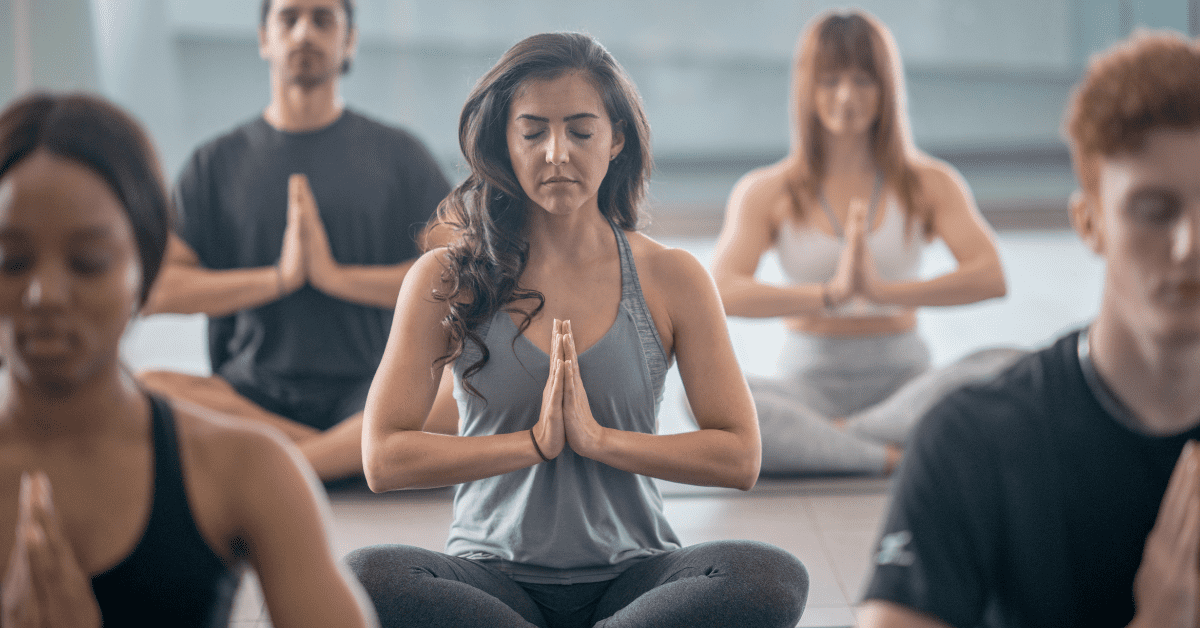


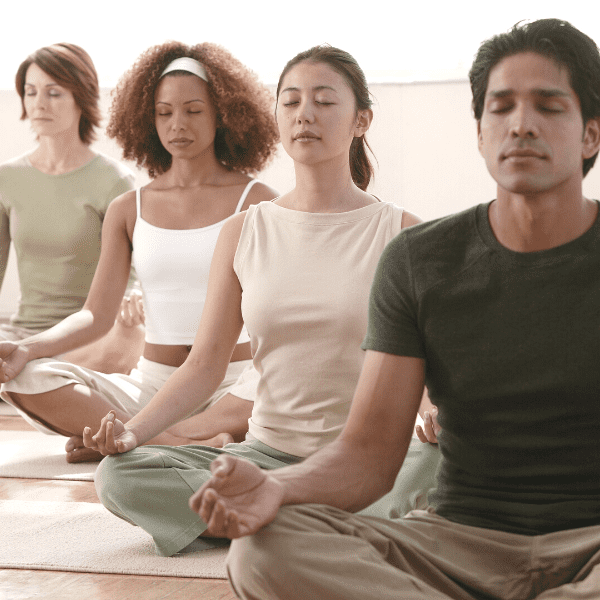

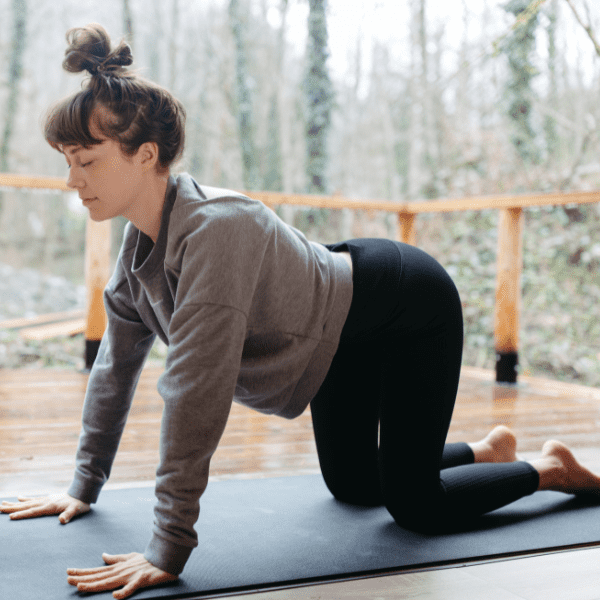
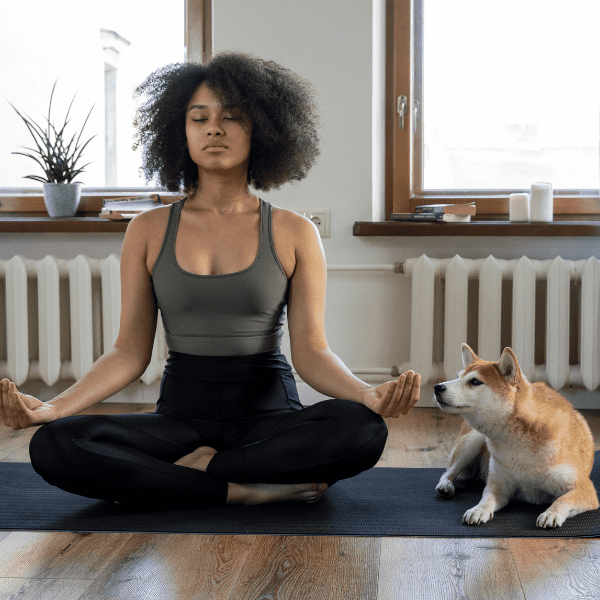

Recent Comments